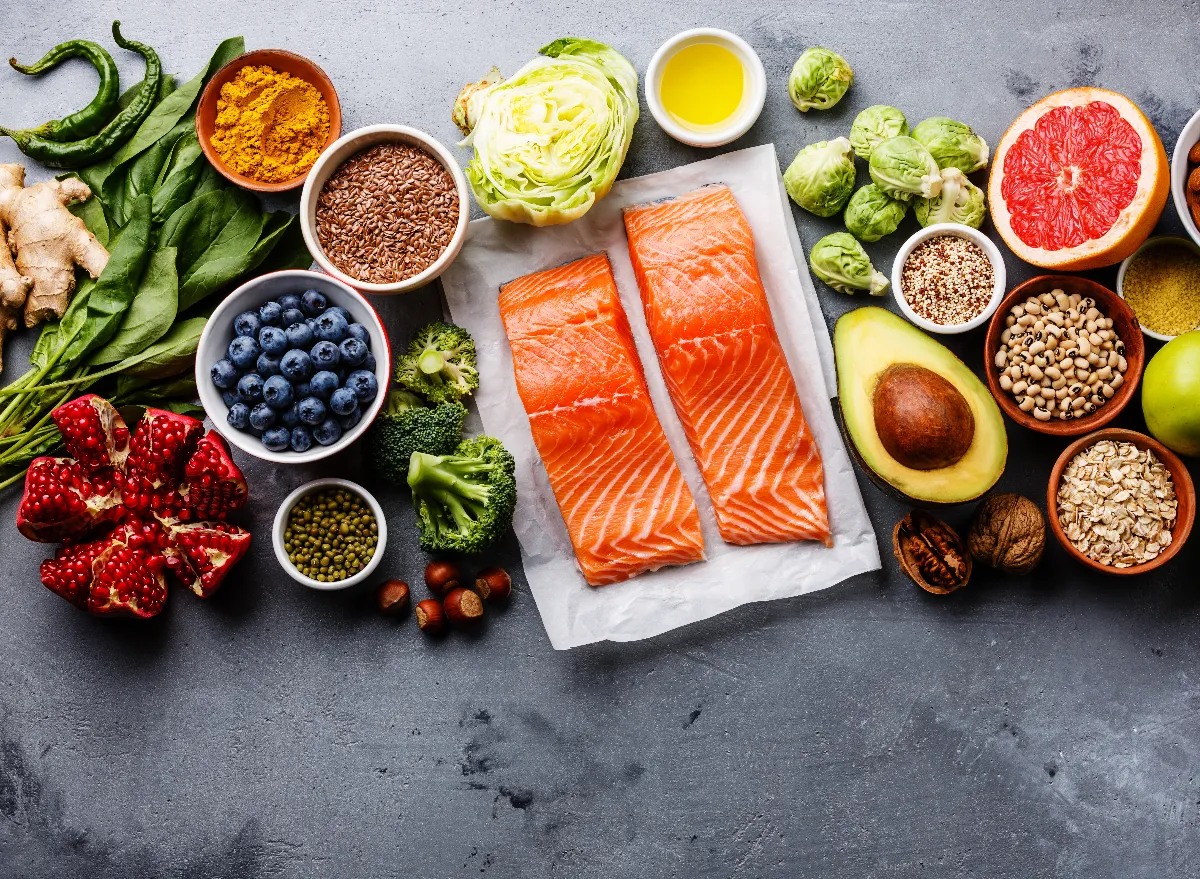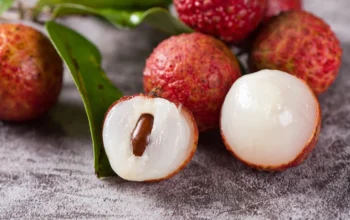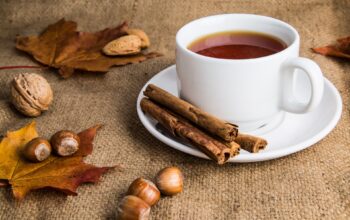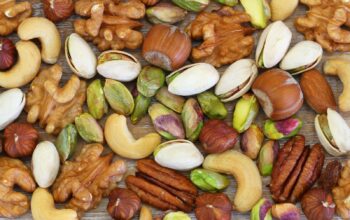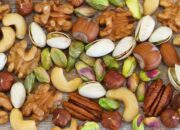Pick meals that are high in nutrients for your diet. Foods high in nutrients (also known as nutrient-dense foods) are low in unhealthy fats, sugar, sodium, and carbohydrates. They are low in calories and high in vitamins and minerals. Micronutrients, or vitamins and minerals, are necessary for your health. They support and nourish your body’s needs for health. They may lessen your vulnerability to long-term illnesses. Your body will be able to absorb them correctly if you get them through food.
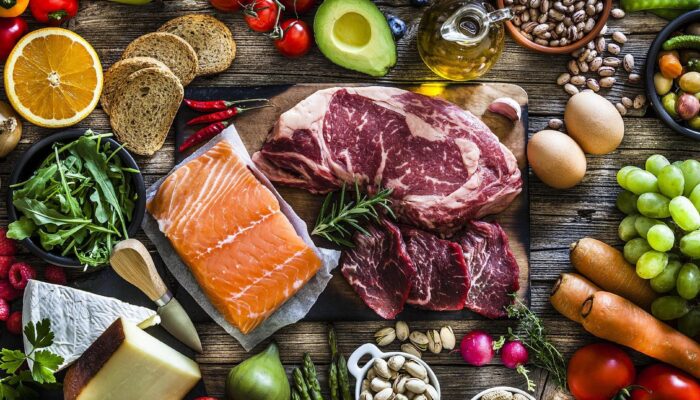
To obtain a range of vitamins and minerals, try eating a variety of meals. Fruits and vegetables are among the foods that are naturally high in nutrients. Nutrient-dense foods include lean meats, seafood, whole grains, dairy, legumes, nuts, and seeds.
The way to better health
Your body could not receive all the micronutrients it need. Foods that are heavy in calories and lacking in micronutrients are typically consumed by Americans. These foods frequently also have added sugar, trans or saturated fats, and sodium (salt). Diets like this one cause weight gain. It may raise your chance of developing conditions including type 2 diabetes and heart disease.
The U.S. Department of Agriculture (USDA) states that adults in the country might not receive enough of the following micronutrients.
| Nutrient | Food Sources |
| Calcium | Nonfat and low-fat dairy, dairy substitutes, broccoli, dark leafy greens, and sardines |
| Potassium | Bananas, cantaloupe, raisins, nuts, fish, spinach, and other dark greens |
| Fiber | Legumes (dried beans and peas), whole-grain foods and brans, seeds, apples, strawberries, carrots, raspberries, and colorful fruits and vegetables |
| Magnesium | Spinach, black beans, peas, and almonds |
| Vitamin A | Eggs, milk, carrots, sweet potatoes, and cantaloupe |
| Vitamin C | Oranges, strawberries, tomatoes, kiwi, broccoli, and red and green bell peppers |
| Vitamin E | Avocados, nuts, seeds, whole-grain foods, and spinach and other dark leafy greens |
The U.S. Department of Agriculture (USDA) states that adults in the country might not receive enough of the following micronutrients.
Grains
Fat content in wholegrain meals is low. They also include a lot of fiber and complex carbs. This keeps you from overeating and helps you feel fuller for longer. Look for the word “whole” in the ingredient list. “Whole wheat flour” or “whole oat flour,” for instance. Seek for goods with a minimum of three grams of fiber per serving. While some enhanced flours are fiber-rich, they lack nutrients.
Select these dishes:
- Steel-cut or rolled oats
- Pasta made with whole wheat
- Tacos made with whole wheat
- Whole-grain breads, buns, and crackers made of wheat or rye
- Wild or brown rice
- Whole corn, cracked wheat, barley, quinoa, and buckwheat
Vegetables and fruits
Vegetables and fruits are naturally low in fat. They enhance your diet with taste, minerals, and variety. Seek out vibrant produce, particularly orange and deep green fruits and veggies.
Select these dishes:
- Brussels sprouts, cauliflower, and broccoli
- Leafy vegetables, including bok choy, chard, cabbage, and romaine
- Leafy greens with dark colors, like kale and spinach
- Pumpkin, turnips, sweet potatoes, carrots, and squash
- Bell peppers, asparagus, snap peas, and green beans
- Bananas, papaya, pineapple, mangos, plums, and apples
- pomegranates, grapes, cherries, strawberries, and blueberries
- Citrus fruits, such oranges and grapefruits
- Melons, pears, and peaches
- Avocados and tomatoes
Fish, beans, chicken, and meat
Lamb, veal, hog, and beef
Select lean, low-fat beef cuts. Check their names for the words “round,” “loin,” or “leg.” Before cooking, trim off any exterior fat. Before eating, trim any internal, separable fat. These meats are best prepared in three healthy ways: baking, broiling, and roasting. Reduce how frequently you consume lamb, veal, hog, and beef. When compared to other protein sources, even lean cuts have higher fat and cholesterol content.
Chickens
One of the best poultry cuts is chicken breasts. They provide a lot of protein and little fat. Before cooking, remove the skin and external fat. Cooking poultry via baking, broiling, grilling, or roasting is the healthiest method.
Fish
Shellfish and fresh fish should be transparent and wet. Their flesh should be firm and springy, and they should smell clean. If fresh fish isn’t available, go with low-salt canned fish or frozen fish. The finest sources of omega-3 fatty acids are oily wild fish. This comprises sardines, mackerel, tuna, and salmon. Fish is best prepared using one of the following methods: poaching, steaming, baking, or broiling.
Other non-meat foods such as beans
Protein from non-meat sources can also be high in nutrients. Consider having a dish of beans, seeds, peanut butter, or other nuts.
Select these dishes:
- Lamb, veal, and hog cuts that are lean
- Bacon from Turkey
- Turkey or chicken on the ground
- Salmon and other fatty fish that are wild-caught
- Haddock and more whitefish
- Fresh or canned tuna fished in the wild
- Scallops, lobster, mussels, and shrimp (without extra fat)
- Legume crops, including chickpeas, lentils, and beans
- Nuts and seeds, especially nut butters
Dairy products and alternatives
Select enriched milk alternatives, low-fat milk, or skim milk. Try using evaporated skim milk in place of cream in coffee and recipe books. Pick cheeses that are fat-free or low-fat.
Select these dishes:
- Skim, low-fat, nut, or fortified milk (such as rice or soy)
- Instead of cream cheese, use skim ricotta cheese.
- Cottage cheese with less fat
- Cheddar strings
- Yogurt without added fat in place of sour cream
Things to think about
The majority of goods high in nutrients can be found in the grocery store’s outside circle, or perimeter. You should consume a certain quantity of nutrient-rich foods based on your daily energy requirements. Adults and children can get nutrition information on the USDA website ChooseMyPlate.gov.
Questions to put to your physician
- How can I incorporate these foods into my diet on a regular basis?
- For someone following a strict diet, such as a vegetarian or vegan one, how can I be sure I’m getting enough nutrient-rich foods?
- I want to take more nutrients; may I take multivitamins or supplements?
